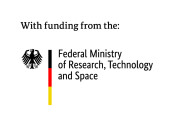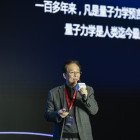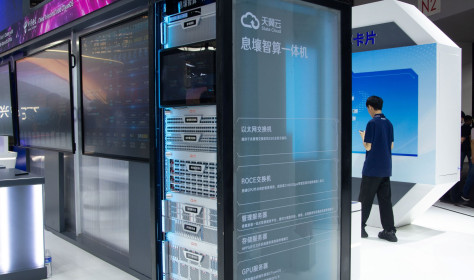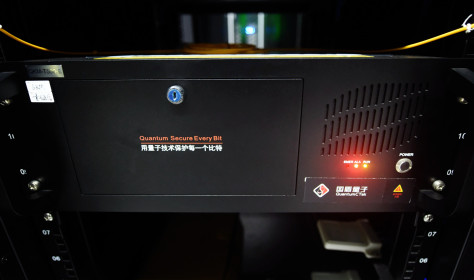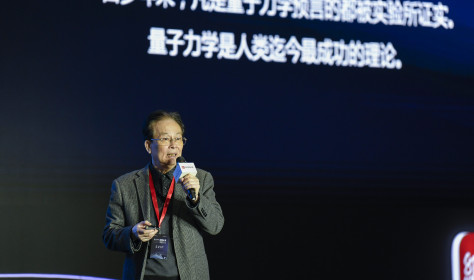
Quantum
Quantum technologies are emerging as a key subject of global power competition due to their potential military applications and ability to fundamentally transform people’s lives. Quantum effects can overcome limitations of digital technologies, solve computational problems that take impossibly long using traditional computers and transmit information over long distances without the risk of being intercepted. China hopes quantum technologies will allow it to leapfrog Western rivals.
China and the US are locked in a tight race for supremacy in quantum technologies. Through sustained government investment, China has achieved a number of firsts, including developing and launching the first quantum satellite, Micius.
While China has so far led in quantum communication, which enables secure communication over long distances, the US still leads in quantum computation.
China’s quantum technology development is a major result of mission-driven innovation. In the US, private companies like IBM dominate the race. So far at least, Chinese quantum technology companies and researchers have relied on government funding. Instead of large digital companies, startups founded by people with university affiliations, and usually funded by local or central government funds, dominate the landscape.
Quantum technologies are also a major area of international collaboration. Micius, the quantum satellite, was developed in cooperation with the University of Vienna, with future communication tests taking place between China and Russia. Many quantum technologies are still far from being market-ready but could provide decisive advantages to a military using them. As such, quantum research is at the forefront of discussions about research security in Europe.
Graphics dashboard
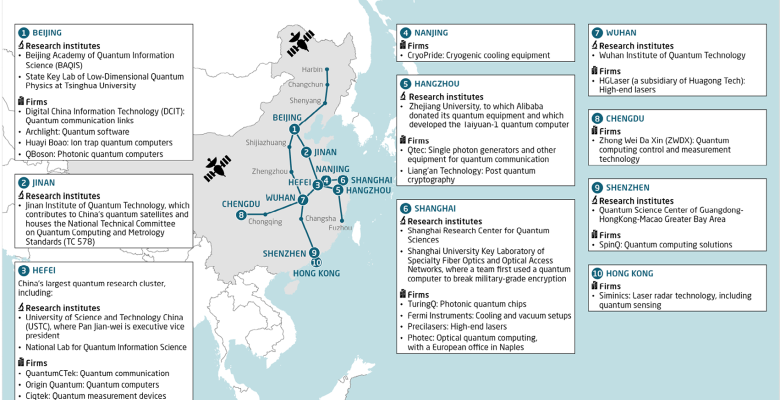
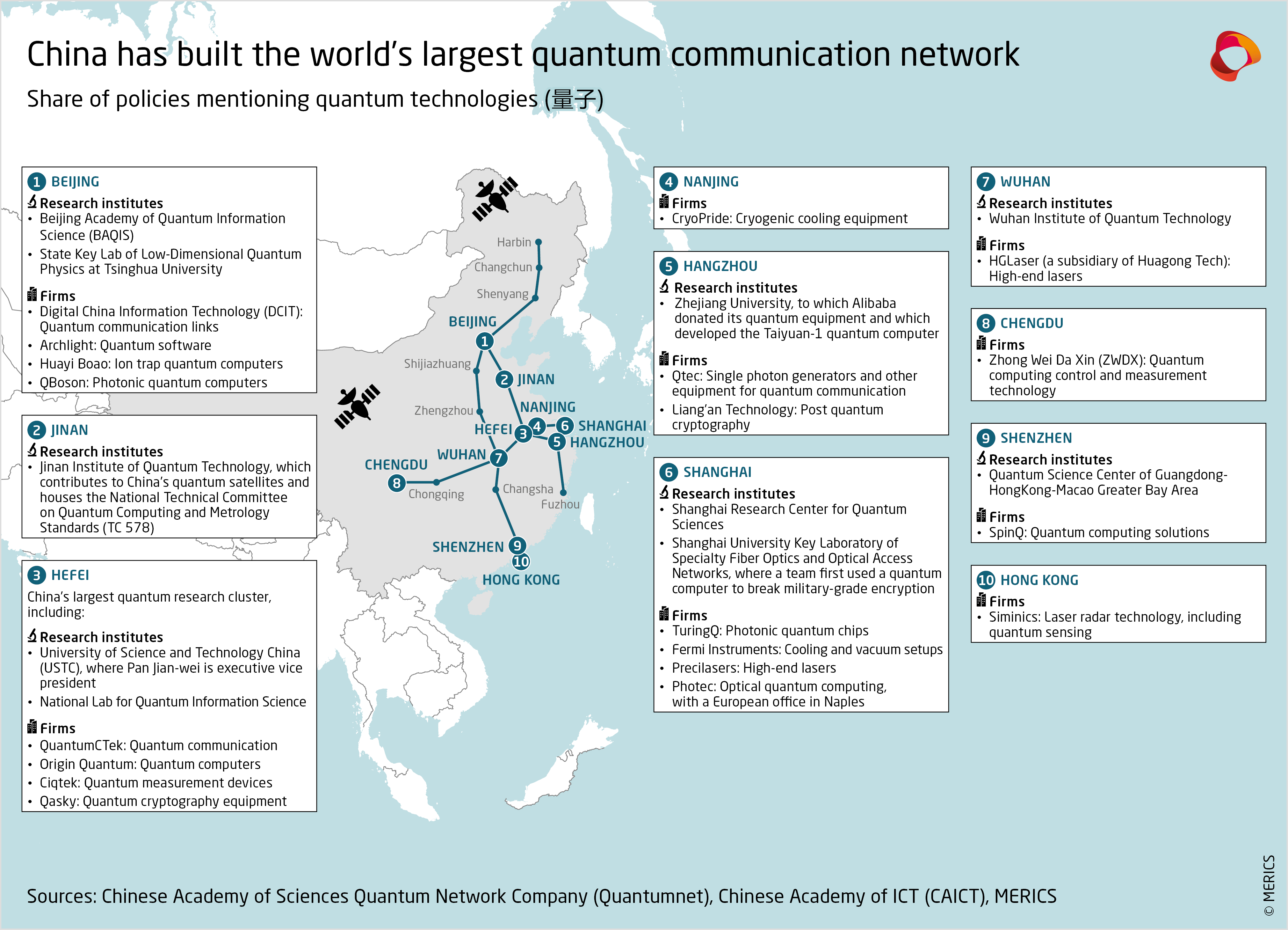
China completed the first phase of a large state-led project on quantum secure communication in 2020. It is the largest such network in the world by far, with an overall length over 12,000 kilometers and nodes in most major Chinese cities. Additionally, two quantum satellites link up the extremes of the network. Major research institutes and firms are concentrated around the network, illustrating close ties between research, state and industry.
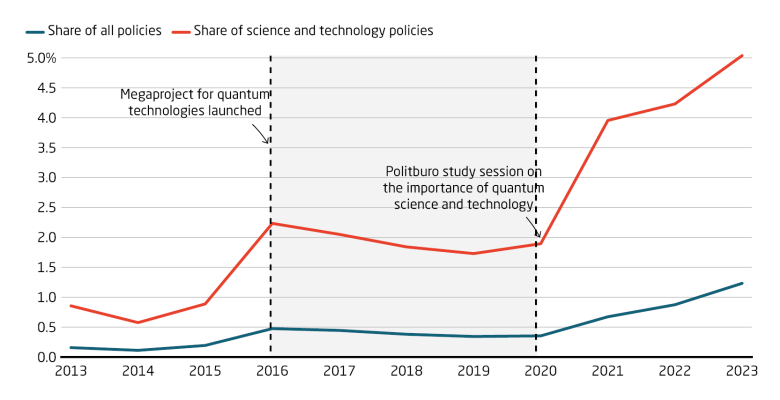
Chinese policies and regulations show an increase in mentions of “quantum” (量子) even before the launch of the megaproject for quantum technologies in 2016. The Politburo declared quantum an important front in the global S&T competition in 2020, triggering a surge in official documents mentioning the term. Mentions of “quantum” even outpaced those of “science and technology”. This illustrates how the technology has gained importance for China’s leaders.
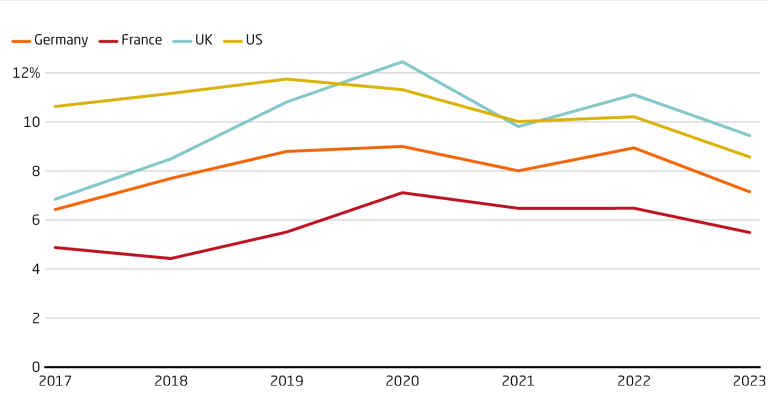
After the number of EU countries’ joint publications with China-based authors grew between 2017 and 2020, in 2023, less than 10 percent of quantum-related papers published in EU countries were co-authored with Chinese researchers. This is not because China fell behind. Quite the contrary, China increased its portion of most-cited papers in the field over the same period. Instead, it shows that political and security concerns are slowing collaboration.
Quantum in China: Timeline of crucial events
First A-listing of a quantum firm in China at the Shanghai Stock Exchange. The firm, QuantumCTek, offers quantum key distribution services for secure communications.
The US adds QuantumCTek to its Entity List of trade-restricted companies, cutting off access to key US technology.
China launches its second quantum satellite, Jinan 1, a successor to Micius, the first quantum satellite in the world. These satellites allow secure communication over long distances.
The MIIT issues “Implementation opinions for future industries,” detailing goals for quantum computing.
Origin Quantum presents the 24-qubit quantum computer Wukon. Some of the machines used to create it are reportedly German.


Researchers at the University of Science and Technology (USTC) in Hefei claim their photonic quantum computer Jiuzhang, using 76 photons, beats traditional computers (quantum supremacy).
Origin Quantum becomes China’s first unicorn (startup worth more than USD 1 billion) in quantum technology. Its founders came from the Chinese Academy of Science in Hefei.
China’s dedicated technical commission on quantum standards (TC578) issues its first national standard in quantum communication.
China and Russia successfully establish quantum communication over a distance of 3800 km, using China's quantum satellite. Earlier experiments had been conducted with Austria.
The US adds 22 Chinese organizations and firms to its Entity List, including Origin Quantum, USTC, and several CAS institutes. They can no longer import US-made technology.
Tech progress
- Researchers at the University of Science and Technology of China successfully realized a quantum-controlled not-gate (CNOT-gate) invisible transmission between two optical quantum integrated chips for the first time. If this technology becomes commercially viable, it will help build quantum computers based on optical chips. (Source (CN): CAS, July 21, 2025)
- The University of Science and Technology of China built a key component for a quantum computer – an atom-arranging setup capable of creating arrays ten times larger than previous systems. This development addresses speed and scalability limitations in atom-based quantum computing, potentially enabling more efficient quantum processors. (Sources (EN): Physical Review Journal, SCMP, August 13, 2025)
- China is developing a high-orbit quantum communication satellite, set to launch around 2027 into geostationary orbit over 35,000 km above Earth. The satellite is designed to enable global quantum networks and carry an optical atomic clock for advanced quantum metrology. The development was revealed by China’s top quantum physicist Pan Jianwei during a keynote speech in Germany in June 2025. (Source (EN): SCMP, June 26, 2025)
Domestic dynamics
- China has launched a 2030 action plan to strengthen its national metrology capabilities, focusing on advanced semiconductor, quantum, and rare earth measurement technologies. The plan calls for the development of “distributable quantum measurement standard reference devices.” (Sources (CN): China’s government, June 19, 2025)
- Hefei Rail Transit Group and Guodun Quantum will pilot quantum-secure data transmission for ticketing and passenger systems. Using quantum encryption, the project focuses on “physical-law-level” protection for urban transit networks. (Source (CN): Hefei Rail Transit Group, April 3, 2025)
- China Telecom Quantum Group has developed China’s first quantum-secure smart tax control system for fuel stations. The system uses quantum encryption to monitor fuel sales in real time, secure data transmission, and prevent tax evasion, currently deployed in multiple provinces. (Source (CN): China Telecom Quantum Group, April 1, 2025)
Quantum in China: Profiling the actors
Publications
